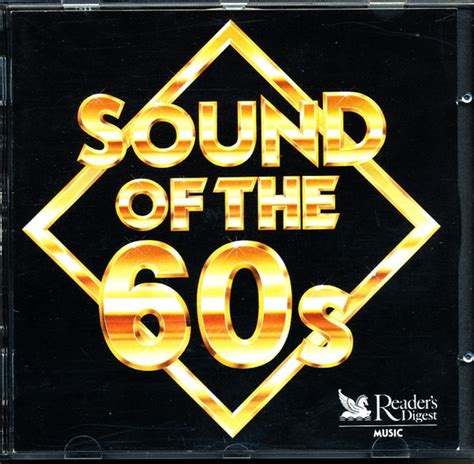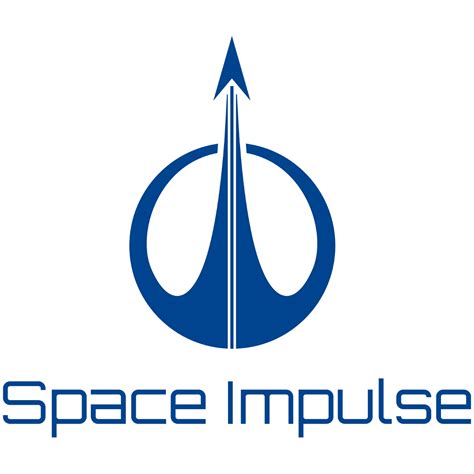What is Music Space Sound of the '60s?
The '60s was a decade of immense cultural transformation, and music played a significant role in ushering in this change. During this time, musicians experimented with a new sound that would transport listeners to a different dimension - the space age. This revolution in music was nicknamed the "Music Space Sound of the '60s."
This new sound was characterized by the use of electronic instruments such as the synthesizer, which allowed musicians to create otherworldly sounds and effects. The psychedelic movement, which was also popular in the '60s, heavily influenced this new sound. The music often featured trippy lyrics, hypnotic rhythms, and extended instrumental solos that transported listeners to another dimension.
The Beatles were at the forefront of this new sound with their groundbreaking album, "Sgt. Pepper's Lonely Hearts Club Band." Other notable musicians of the time, such as Pink Floyd, Jefferson Airplane, and The Doors, also embraced this sound and experimented with their music.
The '60s was a time of immense social and political change, and the "Music Space Sound" reflected this movement. It was music that challenged convention and broke free of the traditional pop formula. Instead, it aimed to evoke emotions and transport the listener to another world of possibilities.
In conclusion, the "Music Space Sound of the '60s" was an innovative and boundary-breaking movement that revolutionized music. It represented a significant shift in the way music was created, listened to, and perceived. Its legacy still resonates in modern music, and it continues to inspire new generations of musicians to push the boundaries of conventional music.
Frequently Asked Questions about music space sound of the '60s
The 1960s was a time of social unrest and changing social mores. The music of this time reflected the way the young people were feeling about the racism, poverty, sexism, and the war in Vietnam.
Since April 2007, the show's producer has been Phil Swern, whom Matthew had nicknamed "The Collector".
Music got tied up to ideas and thoughts regarding sexual revolution, equal rights, the Black Power movement, feminism, and environmentalism. Blues music traces its roots to the spirituals, work songs, and chants of African-American culture, many of its best-known and earliest artists were African-American.
All recording in the 1960s was analogue and, for most of the decade, valve-based. The sound of valve equipment being driven into smooth and musical distortion is a defining element of early 60s pop, from Motown and Atlantic in the USA to the beat-group sound emerging from these shores.
The 1960s was one of the most tumultuous and divisive decades in world history. The era was marked by the civil rights movement, the Vietnam War and antiwar protests, countercultural movements, political assassinations and the emerging "generation gap."
Our Ten Favorite Trends From The 60's
- Afros. Everyone, young and old, had an afro or at least aspired to grow one.
- Barbie Dolls. The sixties witnessed the birth of the Barbie sensation.
- Bell-bottoms.
- Beatlemania.
- Go-go boots.
- Lava lamps.
- Miniskirts.
- Smiley faces.
musical sound, any tone with characteristics such as controlled pitch and timbre. The sounds are produced by instruments in which the periodic vibrations can be controlled by the performer.
In human beings, sound is produced by an organ called the Voice box or larynx. The larynx is located in the centre of your neck, just below the Adam's apple. The larynx is the hollow muscular structure that contains the vocal cords and forms the airway to the lungs in humans.
The Sound of Music was released on March 2, 1965, in the United States, initially as a limited roadshow theatrical release. Although initial critical response to the film was mixed, it was a major commercial success, becoming the number one box office film after four weeks, and the highest-grossing film of 1965.
Digital audio workstation (DAW) software such as Avid Pro Tools or Apple's Logic Pro – the engine-rooms of most recording studios – allow users to simultaneously edit more than 100 audio tracks, adjust pitch and timing and add an infinite variety of effects.
The 1960s was a decade when hundreds of thousands of ordinary Americans gave new life to the nation's democratic ideals. African Americans used sit-ins, freedom rides, and protest marches to fight segregation, poverty, and unemployment. Feminists demanded equal job opportunities and an end to sexual discrimination.
1960s fashion was bi-polar in just about every way. Bright, swirling colors. Psychedelic, tie-dye shirts and long hair and beards. Woman wore unbelievably short skirts and men wore tunics and capes.
The inventions of the 1960s were all about transforming science fiction into fact. Robots, satellites and a trip to the moon help make what was once only fantasy, become a reality. Featured inventions include: the Lunar Lander, weather satellites, video game consoles, Tasers, and industrial robots.














